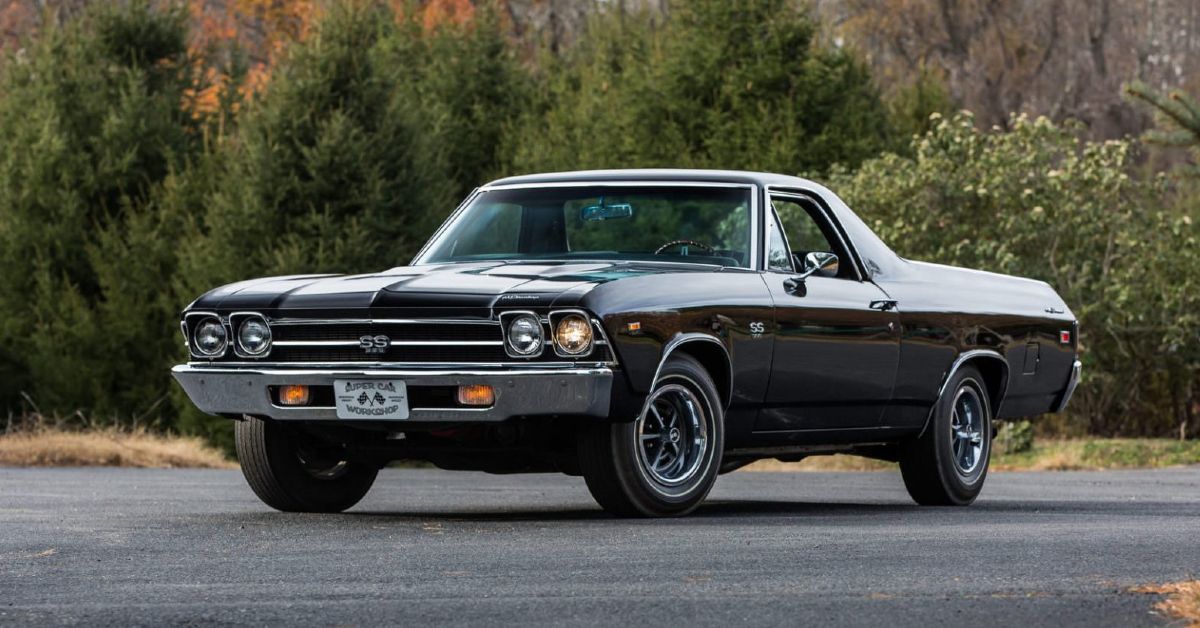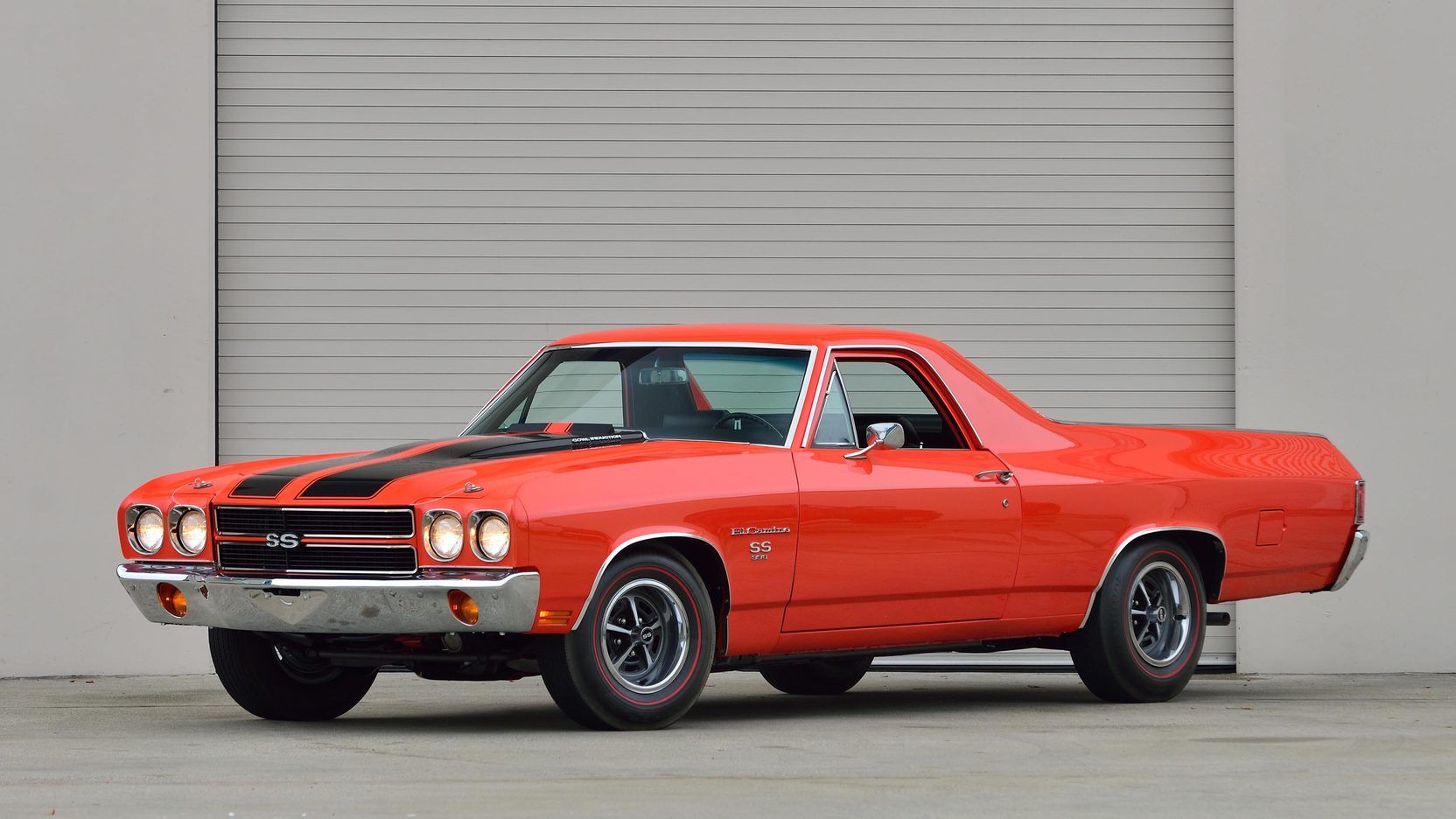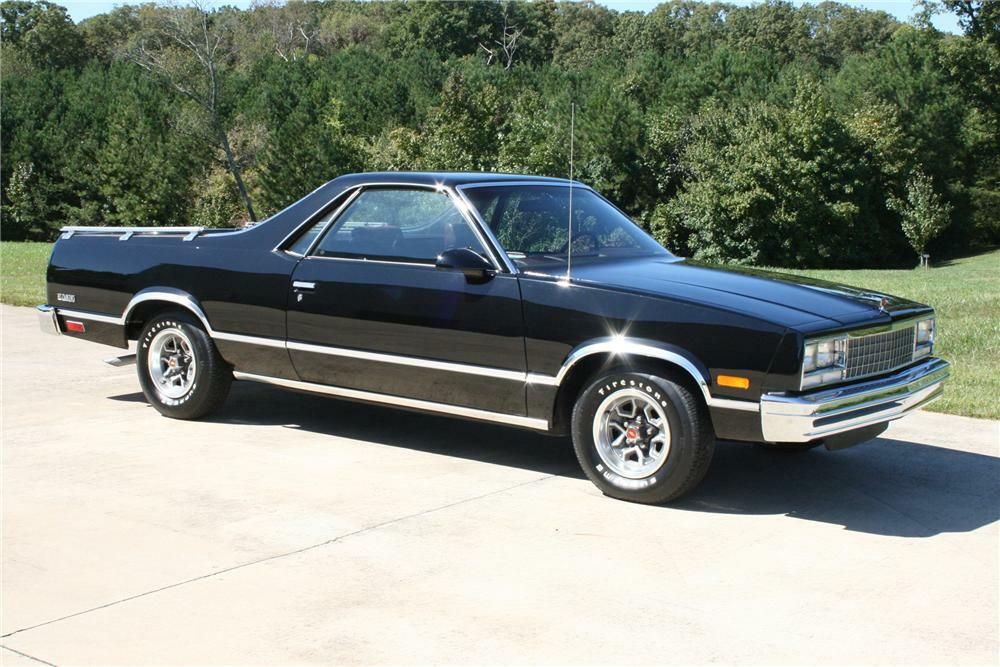In the days before the car industry was overly regulated, car companies were experimenting with all kinds of styles and designs to make their cars stand out from the rest. In some cases, this just meant dressing up a mid-size car with some fins or some extra chrome. But every so often, a car comes along that really challenges the conventions of what a car should look like, such was the case with the Chevrolet El Camino.
Despite being discontinued in 1987, the car still sparks controversy among classic car fans today. For some, it’s the perfect combination of car style and truck power, for others, it just looks wrong. But whether you love it or hate it, the car has undoubtedly become highly collectible. In 2017, a custom 1960 El Camino sold for $126,000 at auction. Given that the El Camino’s value has only increased since it was discontinued, it seems strange that Chevy would have discontinued it in the first place.
Despite being discontinued in 1987, the Chevy El Camino has become highly collectible in recent years. So what made Chevy stop making them?
A New Type Of Car
The El Camino is a part of a class of cars known as utility coupes or utes for short. First popularized in Australia in the 1930s, the utility coupe was created for drivers who wanted a car that was comfortable and easy to drive like a sedan but had the utility of a work truck.
Although Chevy produced a sedan with a truck bed in 1936, the car based truck didn't catch on until Ford unveiled the Ford Ranchero in 1957. In an effort to compete in this largely unexplored class of car, General Motors created the El Camino. While it was first introduced on a station wagon platform, the El Camino was most popular when Chevy switched it to a Chevelle platform.
With its powerful I6 or V8 engine, the El Camino could tow and carry heavy loads as well as some full-size trucks. As the years went on, the El Camino followed the trends of the times, in the early 60's they had fins, in the 70s they were longer and in the 80s they traded power for fuel efficiency.
Why It Was Discontinued
So after over three decades on the market why did Chevy pull the El Camino? The answer has a lot to do with changing government regulations. In 1975 congress passed a new set of laws regulating the minimum fuel economy of trucks and cars.
Because utility coupes counted as passenger cars they were held to a much higher standard than light trucks(1/2 ton). In the 1980s, when fuel prices returned to normal, truck buyers were willing to accept slightly lower fuel economy regular trucks in exchange for more power. While utility coupes have continued to be popular in many other countries the only two utes available in the U.S since 1987 have been the Subaru Brat and Baja.



